Goldman Sachs, in its October 2025 report, has flagged the risk of disruption in the supply of rare earths and key minerals. The report says that a 10 per cent disruption in rare earths supply could cut global output by $150 billion. Light rare earths could be future targets for curbs as China expands export controls.
The mounting risks to global supply chains of rare earths and other critical minerals—given China’s dominance in mining and refining—are of concern. China controls 69 per cent of global rare earth mining, 92 per cent of refining, and 98 per cent of magnet manufacturing.
Rare earth elements (REEs) have become a flashpoint in geopolitics, as they are critical to high-tech industries and essential for applications ranging from batteries to computer chips, artificial intelligence, and defence equipment. Consequently, more nations are seeking to build independent REE and magnet supply chains. Samarium, graphite, lutetium, and terbium are particularly vulnerable to export curbs. Samarium, used in heat-resistant samarium-cobalt magnets, is vital for aerospace and defence. Cerium and lanthanum are reportedly future targets for curbs. Neodymium-Praseodymium Oxide (NdPrO) is critical for making magnets.
Heavy rare earth elements are particularly scarce outside China and Myanmar, with most known deposits being small, lower-grade, or radioactive. Developing new mines requires eight to ten years, and refining REEs demands advanced expertise and infrastructure, typically taking five years to establish. Barriers from geological scarcity to technological complexity and environmental challenges remain substantial. Western producers’ reliance on China continues to be significant.
Rare Earths and Their Applications
Rare earths are a group of 17 metallic elements—scandium, yttrium, and the 15 lanthanides—that are crucial for many modern technologies, including electronics, clean energy, and defence. They underpin over 200 advanced applications and are often referred to as the “vitamins” of modern industry. Although their name suggests rarity, they are not scarce in the Earth’s crust; rather, they are difficult to mine economically as they occur in dispersed, low-concentration deposits.
Impact Shorts
More ShortsThese lustrous, silvery-white, soft, and somewhat reactive metals possess unique chemical, magnetic, and optical properties, making them vital for strong permanent magnets in electric motors, wind turbines, and consumer electronics; components in smartphones, laptops, and televisions; and key materials for rechargeable batteries, electric vehicles, and clean energy technologies. They are also used in lasers, glass polishing, catalytic converters, and medical imaging (MRI).
Neodymium enables powerful magnets in electric motors, while europium provides the vibrant colours of screens. These properties are not easily substituted, making REEs critical even in minute quantities. They appear in everything from smartphones and wind turbines to LED lighting, electric vehicles, drones, and precision defence systems. Without REEs, production of many high-tech, green, and medical innovations would be severely constrained.
Rare earths are critical for national security and military applications such as guidance systems, radar, and stealth technology. Every Lockheed Martin F-35 fighter jet, for instance, contains over 420 kg of rare earths. More than 2,500 kg of rare earths support a single Arleigh Burke-class guided-missile destroyer, and each Virginia-class submarine requires over 4,500 kg. The push for renewable energy, such as wind turbines and solar panels, is also a major driver of demand.
Supply and Market Dynamics
Global rare earth dynamics are shaped by the growing demand for these critical minerals in technology and the energy transition. China holds a near-monopoly, though efforts are underway to develop new mines and processing facilities in countries like the US, India, and Australia. China’s dominance is the result of decades of state policy, giving it significant geopolitical leverage over semiconductors and defence systems.
Trade networks are evolving, with some Asian countries forming cohesive trade communities that could play mediating roles in the China-US trade relationship. While rare earths are not geographically scarce, economically viable concentrated deposits are rare—especially for heavy rare earths. Countries with the largest reserves include China, Brazil, and India.
Global production of rare earth oxides has nearly tripled since 2017, reaching about 390,000 metric tons in 2024, driven by rising investment in renewable energy and electric vehicles.
Rare Earths in India
India has the world’s fifth-largest rare earth reserves—estimated at approximately 8.52 million tonnes—but produces only a small fraction. The main source is monazite sand found along the eastern and southern coasts. Production has been slow due to difficult extraction, regulatory hurdles, and a lack of downstream industrial infrastructure beyond initial extraction.
To meet clean energy and strategic autonomy goals, India is working to overcome these challenges through government initiatives, partnerships, and domestic supply chain development. Despite holding 5-8 per cent of the world’s rare earth reserves, India’s production is only around 2,900 tonnes per year—less than 1 per cent of global output.
India’s reserves have a low grade and are associated with radioactivity, making extraction complex and expensive. Securing mining permits, environmental and forestry approvals, and managing residential settlements have posed significant challenges for Indian Rare Earths Limited (IREL). While India has facilities for mining and refining into oxides, it lacks large-scale downstream facilities for producing alloys and magnets.
Establishing a complete rare earth supply chain requires massive investment and nearly a decade to operationalise. Reducing dependence on China—currently dominating the global market—is a key driver of India’s efforts. A reliable domestic supply is crucial for India’s 2070 net-zero target, as rare earth elements are essential for wind turbines and electric vehicle motors.
The government is incentivising private investment and exploring new deposits and global partnerships to boost capabilities.
Strategic Importance for India’s Future
Rare earth elements are crucial enablers in four strategic areas. First, REEs are essential for renewable energy technologies—from magnets in wind turbines to catalysts in solar panels and batteries in electric vehicles. Expanding domestic capacity supports India’s climate targets and energy security by nurturing a local clean-tech industry.
Second, as India advances its digital economy and electronics manufacturing (smartphones, computers, and consumer goods), access to rare earths provides supply security. Third, defence systems like guided missiles, radar, and communication systems depend heavily on REE-based components; domestic production enhances national security by reducing exposure to geopolitical supply shocks.
Finally, producing rare earths domestically will reduce import dependence and enable India to export high-value materials.
Expanding India’s REE Capabilities
Since April 2025, Beijing has imposed strict export controls on seven kinds of rare earth metals and related magnets, including samarium. China’s Ministry of Commerce stated that these materials serve both civilian and defence-related purposes and that any exports would require special licences. This move disrupted global supply chains, especially in defence, EV, and high-tech manufacturing sectors.
China dominates global samarium production—a material essential for advanced military applications. Beijing’s timing coincides with Western powers being stretched militarily due to prolonged conflicts in Ukraine and Gaza. This places greater urgency on India to act swiftly.
India’s vision of self-reliance, reinforced by pandemic-era supply disruptions, has placed REEs at the centre of its economic and security strategy. While not truly scarce, mining REEs is technically complex, and economically viable deposits—especially for heavy rare earths—are rare.
For decades, China has dominated the global market. By the early 2000s, it produced over 95 per cent of the world’s supply, leveraging low costs and lax environmental rules. Even today, China controls nearly 70 per cent of global output. The United States and Myanmar each account for about 12 and 8 per cent, respectively, with Australia, Thailand, Nigeria, and others sharing the rest.
India’s output remains modest at about 0.7 per cent of the global supply as of 2024. China, Brazil, and India have the largest reserve bases, followed by Australia, Russia, Vietnam, the US, and Greenland.
Geopolitical tensions and the clean energy transition are pushing diversification away from China. India, with around 6.9 million metric tons of reserves—the world’s third largest—has significant potential. However, mine output, at 2,900 tonnes per year, has seen little growth despite India holding about 35 per cent of the world’s beach sand mineral deposits.
Bridging the gap between reserves and production could position India as a key long-term supplier. Recognising rare earths as strategic assets, the government has launched initiatives blending policy reform, funding incentives, and infrastructure projects to create a robust domestic ecosystem.
The Rare Earth Theme Park Initiative aims to support pilot plants and demonstration facilities across the value chain, fostering entrepreneurship and skill development. Odisha Sands Complex (OSCOM), a flagship unit of IREL, is expanding processing capacity for mixed rare earth chlorides and upgrading infrastructure, including a private freight terminal and desalination plant. A planned Rare Earth Permanent Magnet plant will produce 3,000 kg of magnets for defence and clean energy applications.
Joint ventures such as IREL-IDCOL are developing new mining and separation plants in Odisha. In Bhopal, a proposed Rare Earth and Titanium Theme Park seeks to commercialise laboratory-scale technologies and create an innovation hub for the sector.
IREL, established in 1950, provides a historical foundation in rare earth processing. Building on this, the government aims to triple rare earth oxide production capacity by 2032. Private industry is also stepping up—Trafalgar Engineering announced plans for India’s first integrated plant to produce rare earth metals, alloys, and magnets in late 2024.
This vertical integration will help India move beyond raw material extraction to manufacturing high-technology goods.
Major Indian firms like Vedanta Group, Hindustan Zinc Limited, Hindustan Copper, Mahindra, Uno Minda, and JSW Group are either active in or exploring the rare earth and magnet ecosystem. India is advancing Quad-based mineral cooperation and Production-Linked Incentive (PLI) programs to reduce dependency on China.
The European Union is launching a strategic stockpiling programme for critical minerals—mirroring Japan, South Korea, and the US—reflecting the global securitisation of supply chains. India may also consider similar strategic stockpiles, as it has done with crude reserves.
India’s rare earths plans are at an inflection point. With KABIL (Khanij Bidesh India Ltd) and mining reforms, India is securing overseas assets and opening its rare earth sector to private players. With ample reserves, rising global demand, and strong policy support, India has what it takes to emerge as a major player.
The government’s sweeping reforms and incentives signal determination to turn mineral wealth into national power. Though challenges in technology and regulation are demanding, India’s long-term perspective is clear: to translate rare earth potential into economic growth, technological leadership, and strategic security. In an era where power projection extends into supply chains and resource dependencies, rare earth resilience is not just an industrial challenge—it is a geopolitical imperative.
The writer is former Director General, Centre for Air Power Studies. Views expressed in the above piece are personal and solely those of the author. They do not necessarily reflect Firstpost’s views.


)
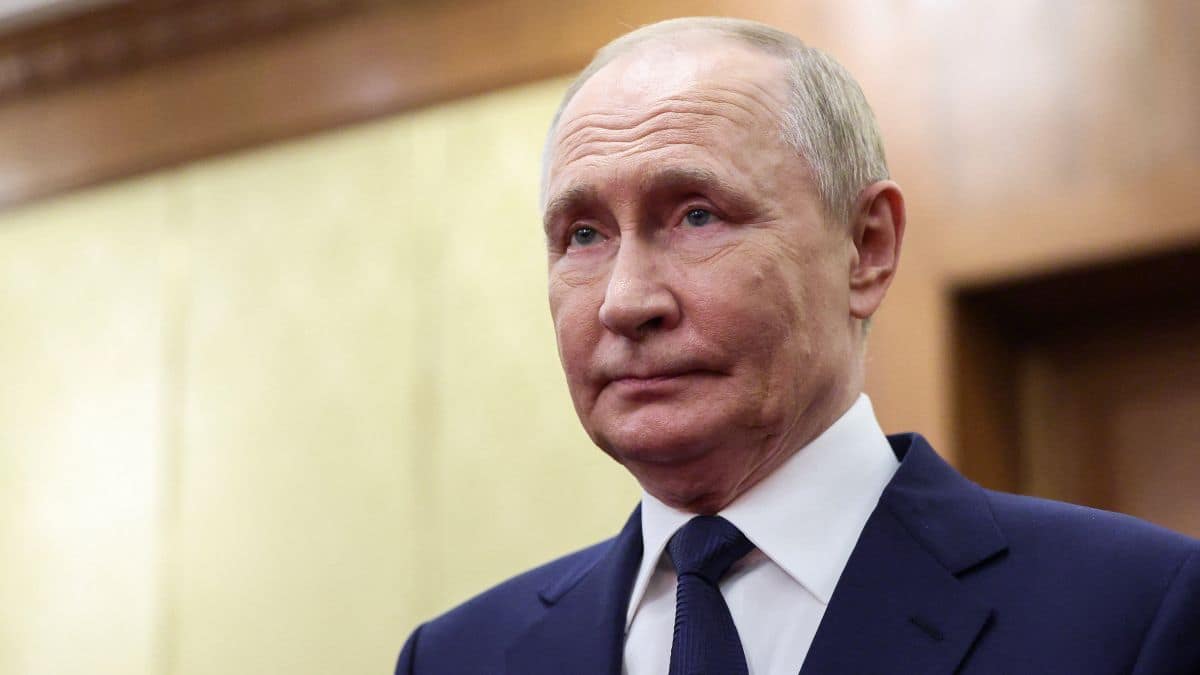
)
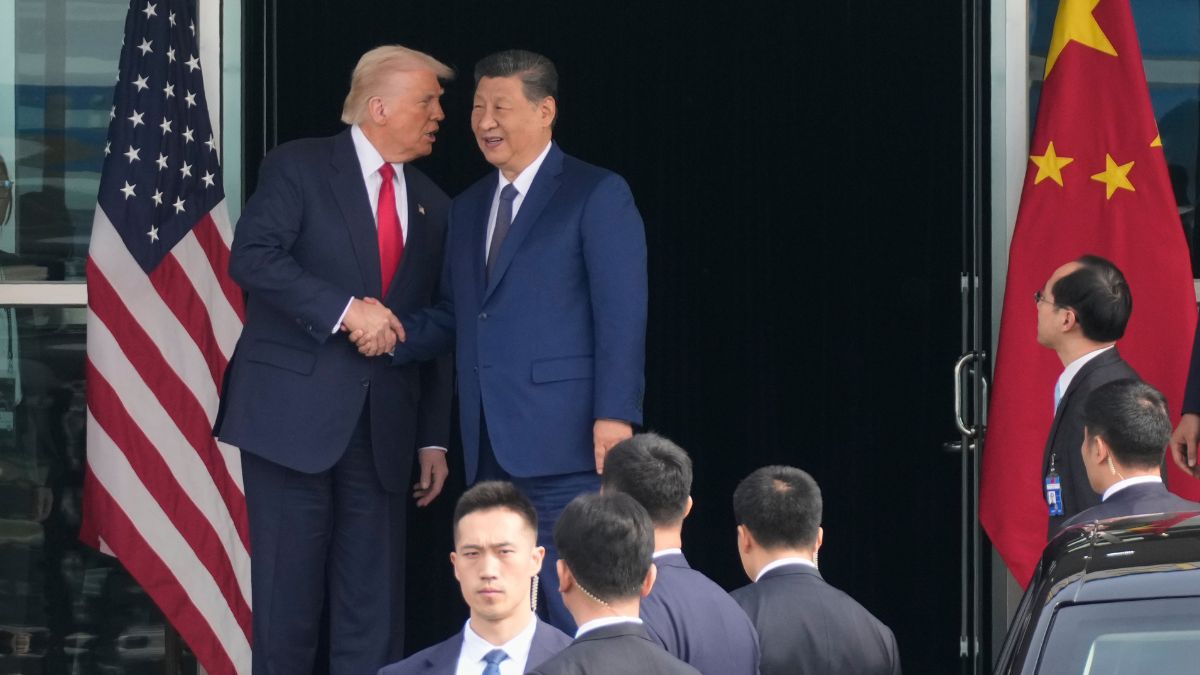)
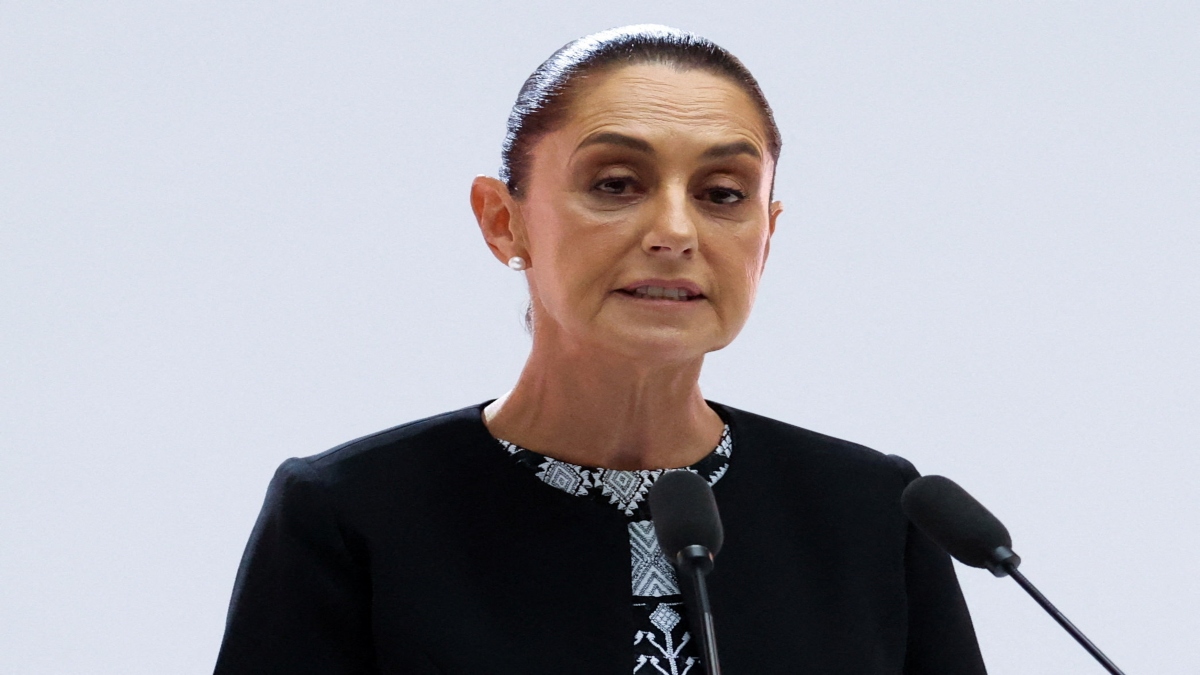)
)
)
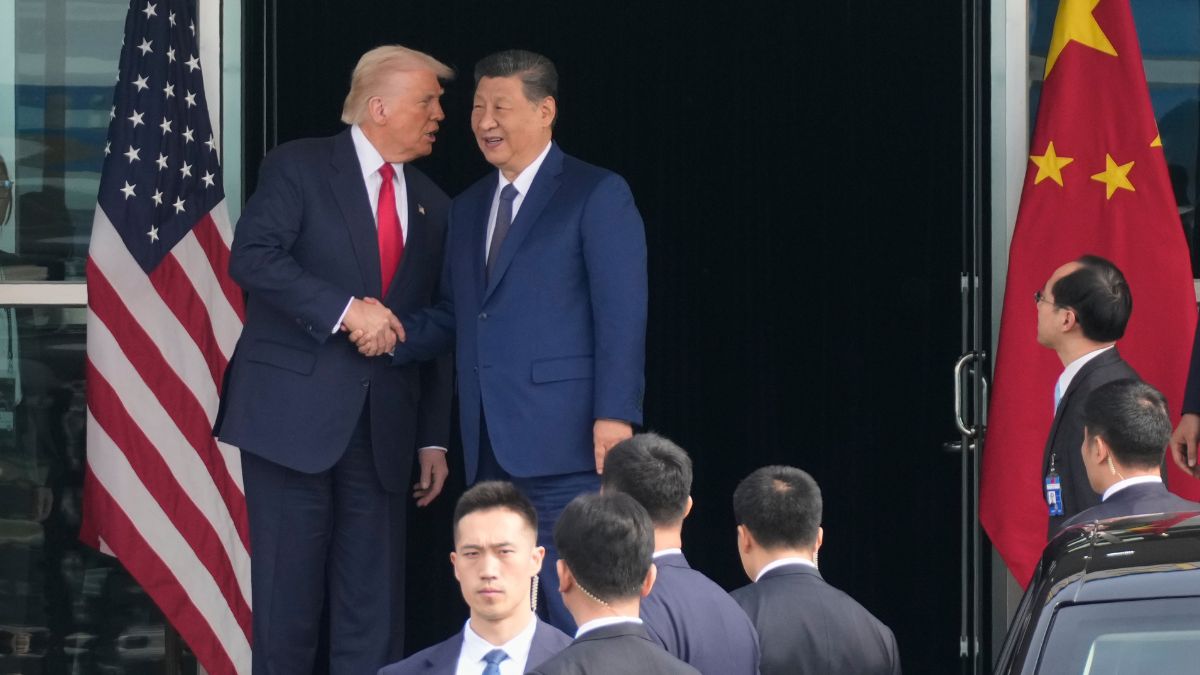)
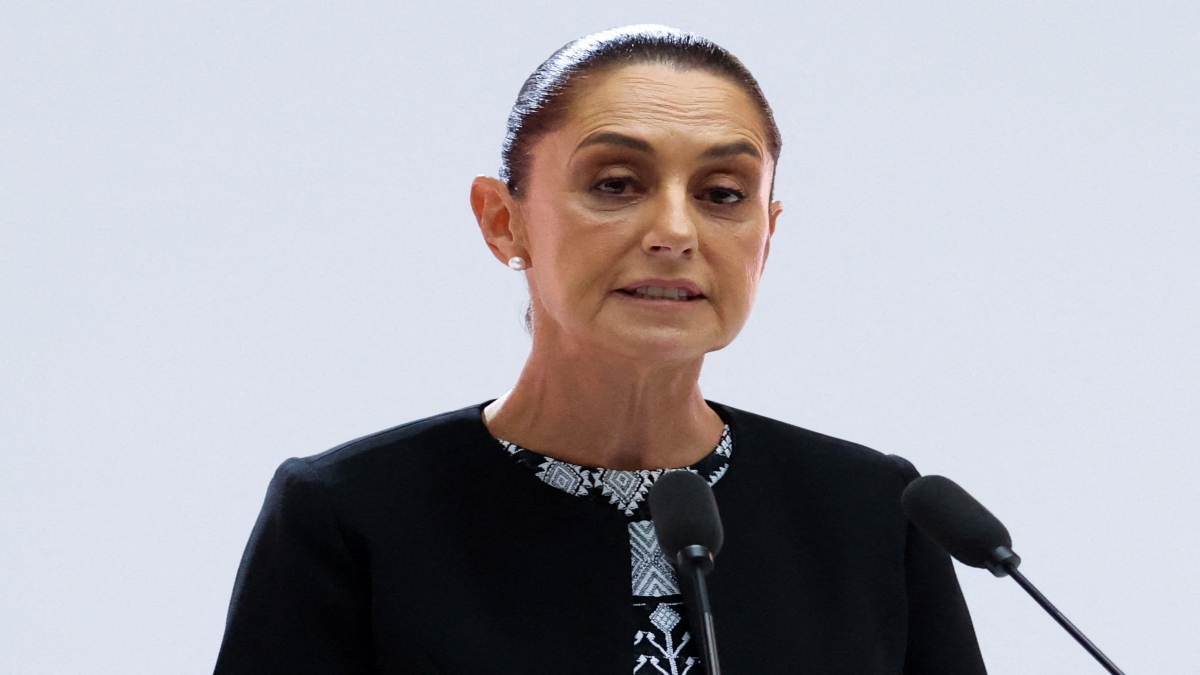)
)



